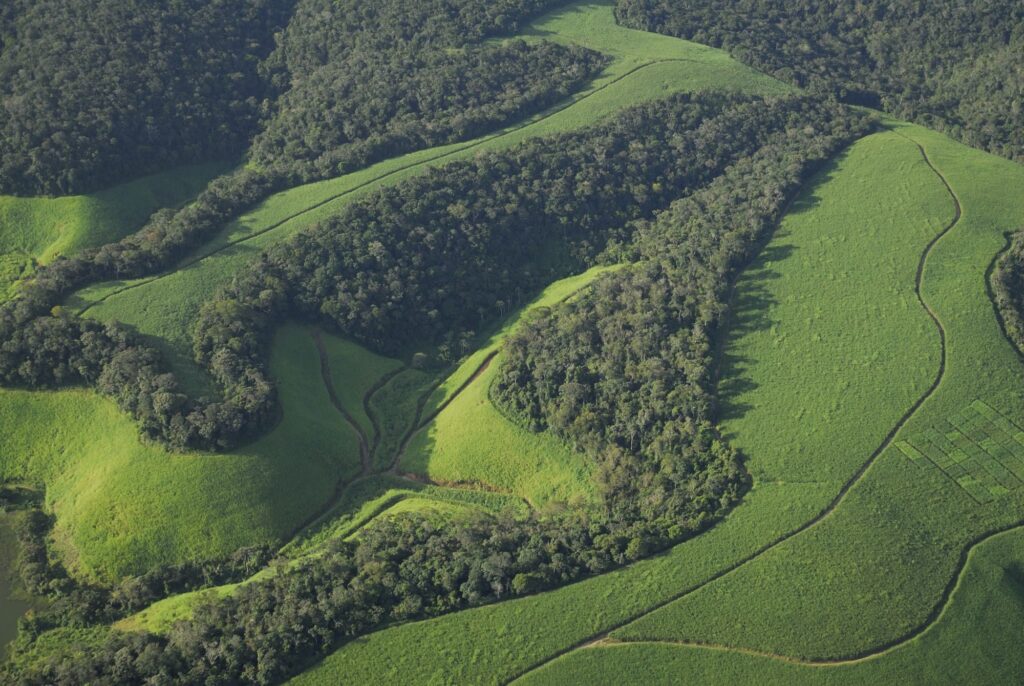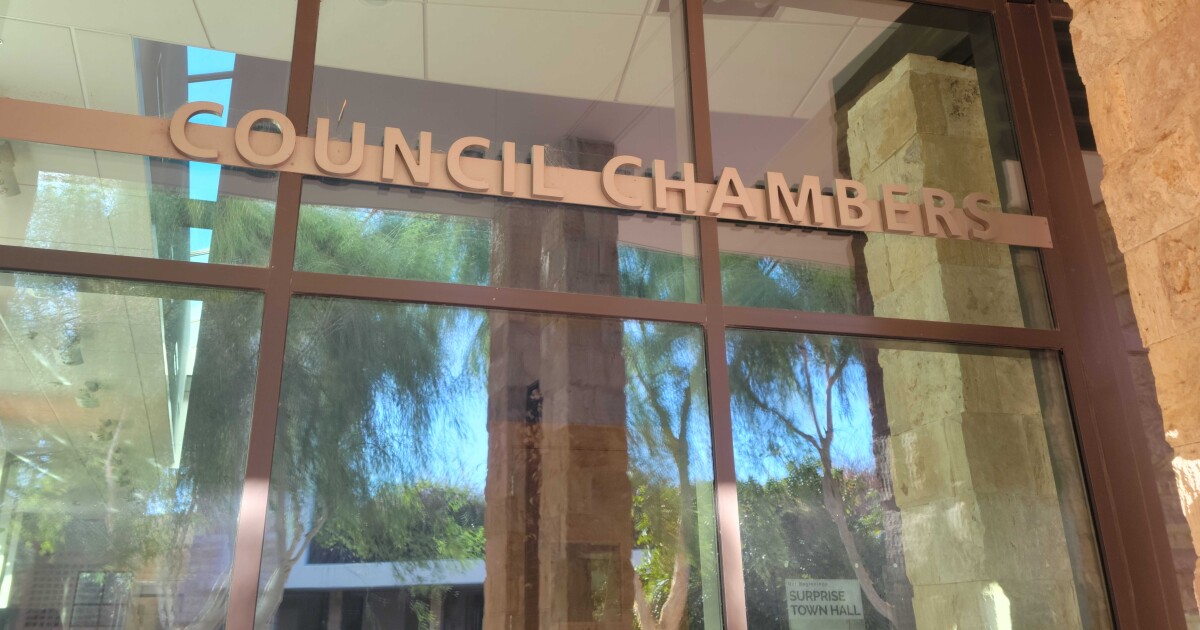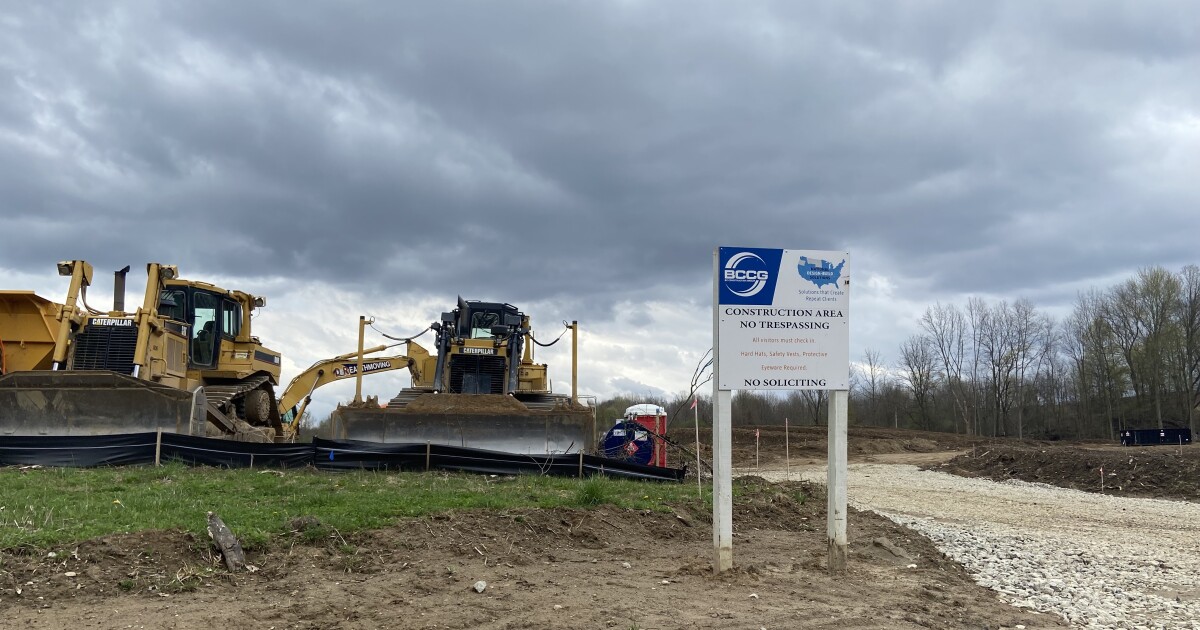
University of Michigan research highlights the importance of large, undisturbed forests for maintaining biodiversity over fragmented landscapes. Habitat loss and fragmentation pose significant threats to biodiversity, a longstanding ecological debate now addressed by U-M ecologist Thiago Gonçalves-Souza in a Nature study.
Study author Nate Sanders, a U-M ecology professor, stated, “Fragmentation is bad,” reinforcing the need for wise conservation spending on both large and small habitats. The research, involving U-M, Michigan State University, and the German Centre for Integrative Biodiversity Research, examined 4,006 species across 37 global sites, revealing that fragmented landscapes have 13.6% fewer species at the patch scale and 12.1% fewer at the landscape level.
Generalist species thrive in fragmented areas, but these landscapes lack biodiversity richness compared to continuous forests, where alpha, beta, and gamma diversity metrics were used. Gonçalves-Souza explained that previous studies failed to adequately compare fragmented and continuous landscapes, often omitting key diversity components or skewed sampling.
Jonathan Chase, a professor at the German Centre, noted the lack of data and tools for a systematic evaluation of this debate, which this study addresses. Findings show fragmentation reduces species across all groups, and increased beta diversity does not offset losses in overall species diversity.
Nick Haddad from Michigan State University referred to the study as a resolution to a half-century-old conservation debate. Gonçalves-Souza emphasized the dual impact of fragmentation on both biodiversity and carbon storage capacity, urging a shift in focus to forest restoration.
The global collaboration, backed by the University of Michigan, aims to move conservation efforts beyond the fragmented vs. continuous debate, highlighting the necessity of restoring degraded habitats to protect biodiversity.
—
Read More Michigan News










